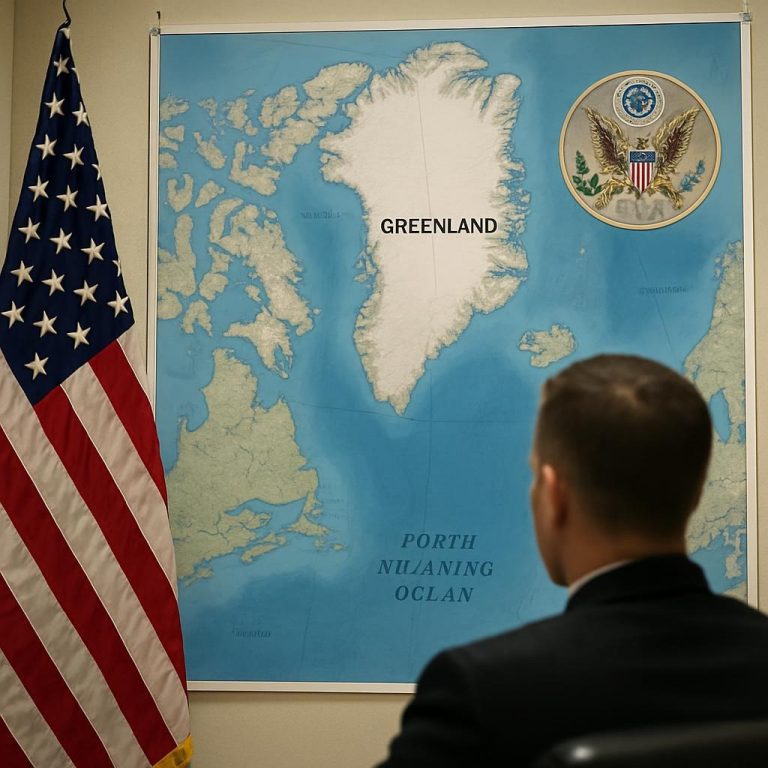
Boeing and Airbus dominate the global aviation industry through innovation, strategic alliances, and geopolitical influence. Their rivalry has shaped aircraft design, market dynamics, and the future of sustainable and autonomous flight, while new challengers like COMAC and Embraer seek to disrupt the duopoly.
✈️ Industry & Market Dynamics
- Boeing and Airbus shape aviation by controlling 99% of large aircraft production, driving innovation and global connectivity
Source - Airbus operates as a European consortium with diversified sectors; Boeing is more centralized and defense-heavy
Source - Airbus holds ~60% of the market; Boeing ~40%, with Airbus leading in narrow-body deliveries
Source - Government subsidies have fueled WTO disputes, with both sides accused of unfair support
Source - Smaller manufacturers like Embraer and COMAC struggle under Boeing-Airbus dominance but are gaining ground
Source
🛫 Aircraft Design & Innovation
- The Boeing 787 and Airbus A350 both use composite materials and advanced aerodynamics; A350 edges out in fuel efficiency
Source - Boeing favors manual control and tactile feedback; Airbus emphasizes automation and side-stick control
Source - Airbus leads with hydrogen and hybrid-electric research; Boeing focuses on SAF and partnerships
Source - Airbus’s Airspace cabin and Boeing’s Sky Interior offer ambient lighting, quieter cabins, and better air quality
Source - Airbus uses deep automation and system protections; Boeing prioritizes pilot authority and manual override
Source
💼 Business Strategy & Operations
- Airbus’s integrated European supply chain offers resilience; Boeing’s global outsourcing has faced scrutiny
Source - The 737 MAX crisis damaged Boeing’s reputation, allowing Airbus to surge ahead in orders and deliveries
Source - Airbus expanded U.S. assembly lines and targeted narrow-body dominance with the A321neo
Source - Airbus’s consortium model fosters innovation and job creation across Europe
Source - Airbus offers flexible pricing and strong after-sales support; Boeing emphasizes long-term contracts and defense synergies
Source
🌍 Global Influence & Geopolitics
- Trade disputes have led to tariffs and WTO rulings, impacting aircraft component flows
Source - Aircraft deals often hinge on diplomatic ties; Boeing and Airbus leverage political influence globally
Source - Airbus expanded assembly lines in China; Boeing appointed Mandarin-speaking leadership to regain market share
Source - Defense contracts provide financial stability and influence commercial priorities
Source - Brexit posed risks to Airbus’s UK operations, but impacts have been less severe than feared
Source
🔮 Future Outlook
- Airbus leads in hybrid-electric R&D; Boeing partners on SAF and experimental platforms
Source - Both companies explore supersonic concepts; Boeing collaborates with NASA, Airbus patents Mach 4 designs
Source - COMAC and Embraer are gaining traction in narrow-body markets, challenging the duopoly
Source - Safety crises have led to cultural shifts, stronger oversight, and renewed focus on engineering integrity
Source - Autonomous flight is advancing, with Airbus testing fully automated operations and Boeing exploring AI copilots
Source
🎥 Documentary Recommendations
| Title | Focus | Link |
|---|---|---|
| “City in the Sky” (BBC) | Global aviation logistics and aircraft manufacturing | Watch on PBS |
| “The Age of Aerospace” (Discovery) | Boeing’s history and innovation | Watch on Discovery |
| “Supersonic: The Race for Speed” (Smithsonian) | Concorde and future flight | Watch on Smithsonian Channel |
| “Downfall: The Case Against Boeing” (Netflix) | 737 MAX crisis and corporate culture | Watch on Netflix |
| “Wings of the Future” (DW) | Sustainability and innovation in aviation | Watch on DW |
🔑 Keywords
Boeing, Airbus, aviation duopoly, aircraft design, sustainability, cockpit automation, 737 MAX crisis, Airbus A350, Boeing 787, COMAC, Embraer, electric aircraft, supersonic travel, autonomous flight, defense contracts, trade disputes, global aviation.





